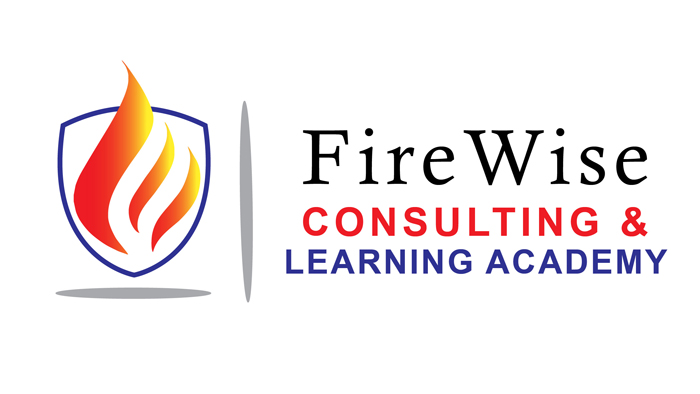
Jan 2, 2012
There is a lot of technical information available about the temperature generated by incandescent light bulbs. In general terms, the filament temperature inside an incandescent light bulb can exceed 2000 degrees Celsius. Considering the ignition temperature of paper is around 240 degrees Celsius and assuming oxygen for combustion is available the three components of the fire triangle are present so a fire could result.
(more…)

Dec 21, 2011
Witchcraft is often thought of as the use of magical powers, that witches are an agent of the devil and that witches use their powers to harm people and property. Witchcraft is one way of explaining human misfortune by a supernatural power or person in the community. Recently conclusions reached by fire investigators have been compared to witchcraft in that they are based on beliefs and myths that will not stand up to rigorous scientific scrutiny.
(more…)
Dec 16, 2011
There are several regulations that govern care facilities operating from traditional single family dwellings in British Columbia. The Child Care Licensing Regulation and the Residential Care Licensing Regulation are both administered by the Community Care Licensing Branch of the British Columbia government. Facilities that provide residential care to three or more persons (e.g. group homes, long term care homes, residential treatment facilities) must have a valid community care facility license, whether they receive funding from a public agency or the client pays for the care directly. In order to meet the licensing requirements the facility must pass a fire safety inspection.
(more…)
Jun 1, 2011
This weekend firefighters in Atlanta, Georgia went door-to-door in some of the city’s low-income neighborhoods to replace free fire alarms that may be counterfeit. The fire department unwittingly distributed 18,500 bogus photoelectric smoke alarms from 2006 through this month as part of the Atlanta Smoke Alarm Program.
Fire Chief Kelvin Cochran announced the recall of smoke alarms after his department received information from Underwriters Laboratories (UL) that the photoelectric smoke alarms they distributed bore counterfeit UL labels and were not compliant with UL’s safety requirements for smoke alarms.
(more…)


